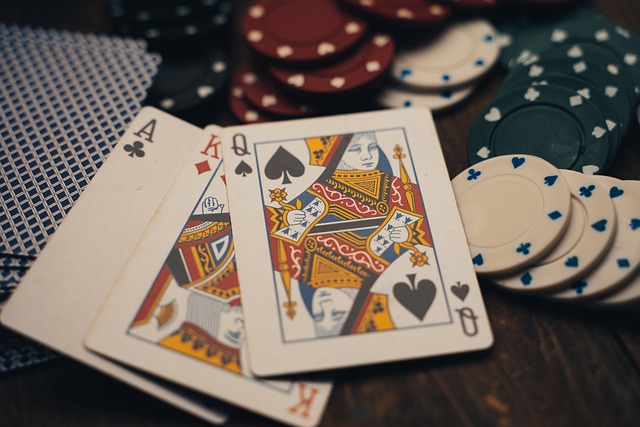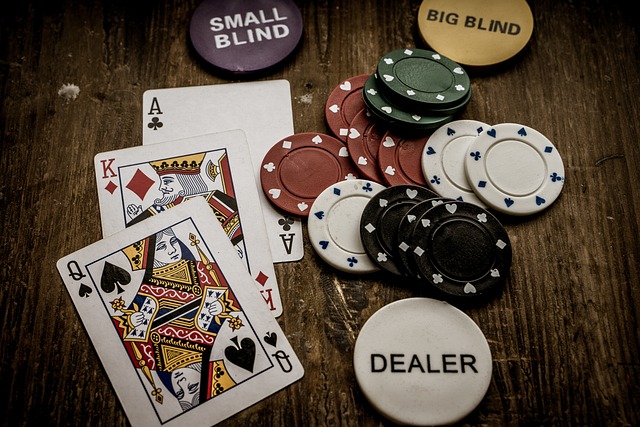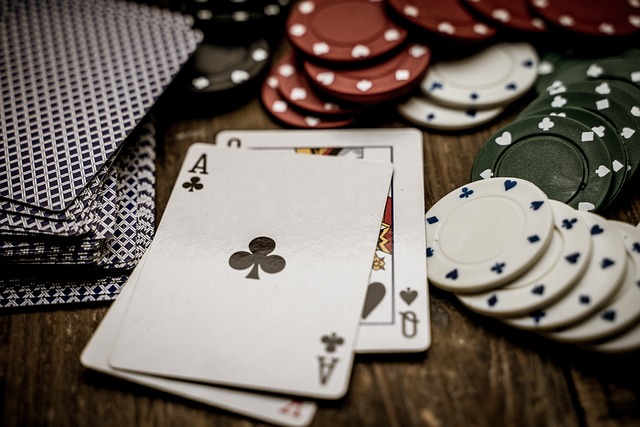Side bets are a popular feature in many gambling games, designed to boost excitement and engagement. But while they add variety, they often come with a significantly higher house edge than the main game. For operators and players alike, understanding the trade-off between entertainment value and expected returns is crucial.
This post examines how side bets affect gameplay, player experience, and profitability. It also offers practical advice on designing or choosing side bets that balance fun with fairness.
What Are Side Bets?
Side bets are optional wagers placed alongside the main bet, usually on specific outcomes or bonus events. Common examples include:
- Betting on poker hands like pairs or flushes in blackjack
- Predicting the outcome of dice rolls or card draws
- Bonus multipliers or jackpot triggers in slots
They often come with flashy paytables and the promise of big payouts, which makes them appealing to casual and thrill-seeking players.
Entertainment Value: Why Players Love Side Bets
Side bets increase engagement by:
- Adding suspense with additional outcomes
- Offering larger payouts that are rare in the base game
- Allowing players to customize their risk and reward balance
- Providing variety to break monotony in repetitive games
From a psychological perspective, side bets create more moments of anticipation and reward, which can prolong play sessions.
The House Edge Reality

While side bets are fun, they generally come with higher house edges than the main game, meaning players lose more money over time if they consistently place these bets.
| Bet Type | Typical House Edge Range | Notes |
|---|---|---|
| Main Game Bet | 0.5% – 2.5% | Base blackjack, roulette, etc. |
| Side Bet | 5% – 20%+ | Varies widely, often poorly priced |
This gap exists because side bets are designed to be attractive and tempting, which often means worse odds for players.
Designing Side Bets: Balancing Fun and Fairness
Operators can still create side bets that add entertainment without alienating savvy players.
Keep It Transparent
Clearly show paytables and odds for side bets. Transparency builds trust and lets players make informed choices.
Avoid Excessive House Edges
House edges above 10% might be entertaining but can frustrate regular players. Aim for side bets with edges under 8% when possible.
Limit Accessibility
Make side bets optional and non-intrusive. Avoid pressuring players to add them to every round or spin.
Use Side Bets to Enhance, Not Replace
Side bets should supplement the base game experience. Don’t let them overshadow core gameplay or create confusion about where money is going.
Tips for Players: When to Use Side Bets

- Use side bets sparingly to increase entertainment without excessive losses.
- Set a separate budget for side bets distinct from your main bankroll.
- Focus on side bets with clear rules and reasonable odds.
- Avoid chasing losses with side bets—they are designed to be high-risk.
Table: Side Bet Impact on Player Experience
| Aspect | Positive Impact | Potential Downsides |
|---|---|---|
| Engagement | More excitement and variety | Can lead to faster losses |
| Player Control | Optional, customizable risk | May encourage reckless betting |
| Transparency | Clear odds improve trust | Complex rules can confuse |
Final Takeaway: Side Bets Are Entertainment, Not Investment
Side bets boost the fun factor but carry significantly higher house edges. For operators, they can increase revenue and session length. For players, they should be seen as optional entertainment, not a reliable way to win.
Balancing transparency, fairness, and player choice is key. Well-designed side bets enhance gameplay without compromising trust or bankroll health.
